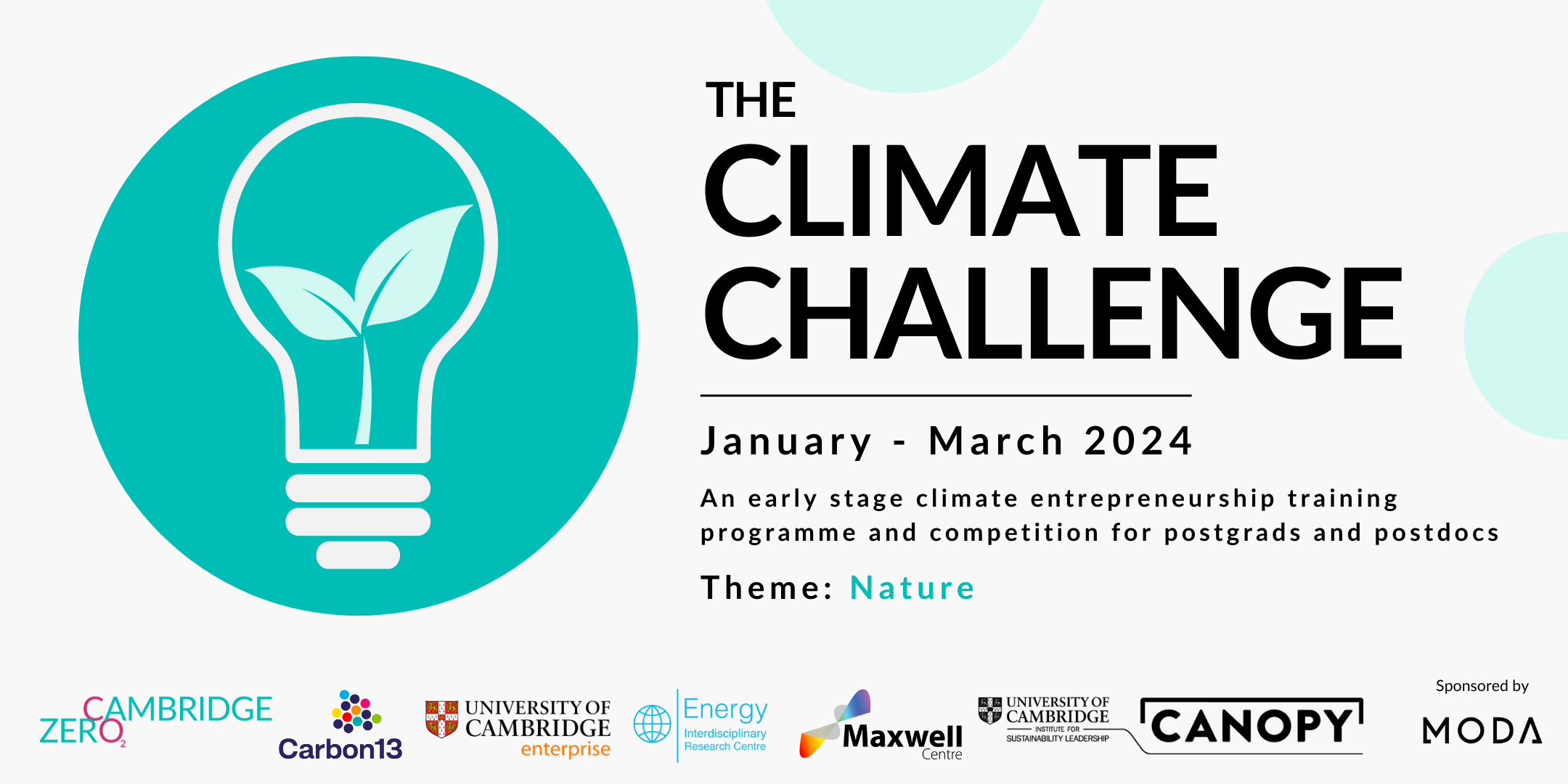This workshop was offered on 1 October in partnership with the AU4DM network, as part of the COP26 Universities network Climate Risk Summit.
Download the virtual goodybag from the event to find out more, and help co-create a risk communication tookit ahead of COP 26 in November.
It’s undeniable that climate action is urgently needed. The risks of climate change are well evidenced. And yet somehow it can seem as though scientists’ warnings are falling on deaf ears. So what can researchers do about it? As part of a workshop on 1 October 2021, the UCL Climate Action Unit shared some brain hacks on how to help decision-makers to ‘get’ the issue.
Our brains think in two qualitatively different ways: intuitive thinking and deliberative reasoning. Neither is necessarily right or wrong, nor necessarily rational or irrational.
Picture your intuitive, automatic thinking as an elephant and your deliberative thinking as a tiny rider sitting on top. Many people believe that our ‘rider’ controls our decision making. But the choices we make are usually decided by the elephant - outside of our conscious control and awareness. The rider’s primary role is not to ‘think rationally’ when faced with a decision (as commonly assumed), but to rationalise and justify where the elephant is heading.
The elephant and rider work together to evaluate situations like climate risk. But it is only when our brains can evaluate a risk intuitively that we easily ‘get’ what the problem is. People who spend a lot of time working on climate change - subject experts and campaigners - will have likely internalised that risk over time. The information has become part of their elephant. They feel it.
But climate risks might not provoke the same feeling in decision makers and politicians whose remit is so broad. There are only so many risks that will jump out at them and startle their inner elephant. If climate risks feel a bit abstract or leave them indifferent, they are unlikely to prioritise action on the issue.
So what? Why is this interesting? How is this useful? Well this insight tells us that if you want people in power to ‘get’ climate risk, you should try to connect to their Elephant. Try to link the hazard you research to the concerns they already understand - the things that already sit inside their elephant.
We call the things a person cares about, in terms of risk decision-making, their risk currency. Every policymaker has one or more risks which are of primary concern to them. Common risk currencies you might encounter are jobs, economic growth, migration numbers, national security, and international relations.
You can explore what a person’s particular risk currency is through structured dialogue. Start by listening to find out their concerns. These concerns could be the challenges that they are facing, the needs they feel they have, or the objectives they are trying to achieve. You can use a variety of questions to elicit this information. Once you have analysed that information you will have a much clearer picture of their risk currency. You will then be able to speak to the ‘elephant’.




